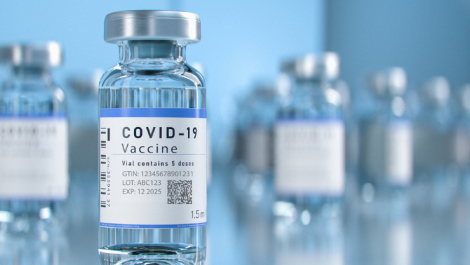MLPS has published a report detailing the cost burden that would be levied should a revision to the Directive on Medicinal Products follow through on the request for printed patient information leaflets (PIL) to be made available via print-on-demand (PoD).
MLPS – an acronym of ‘Medical Leaflets = Patient Safety’ and a subgroup of the European Carton Manufacturers Association (ECMA) – and industry association Intergraf have previously called for the retention of paper leaflets in medicinal products, as the European Union considers legislation to ensure the accessibility and safety of patient information in a digital format.
The legislative proposal under consideration aims to ensure the accessibility and safety of patient information in a digital format. While Intergraf noted this goal as ‘commendable’, it cited Eurostat 2023 data that revealed 70.7% of Europeans possess only basic, low, or no digital skills, whilst 7.5% of European households have no internet access. ‘Thus, the reliance on digital access to medication information risks excluding many patients, particularly those who are vulnerable due to age, lack of digital skills or limited resources,’ Intergraf stated at that time. ‘The advancement of the digital healthcare system should not result in the exclusion of a significant part of the population; it is crucial to prioritise the safety and health of all patients.’
Article 63.3 of the directive proposes that patients can request free printed copies of digital-only package leaflets, thus require the ability the print-on-demand (PoD) of PIL. Intergraf has gone on record to state that this ‘lacks practical implementation solutions’. Specifically, Intergraf warned that, ‘Pharmacies cannot meet the rigorous printing standards and security requirements for medical leaflets, unlike industrial-level processes in the pharmaceutical industry.’ Now MLPS has commissioned a report to address a critical question left unresolved in the proposed directive; ‘the enormous total cost implications of implementing PoD leaflets alongside electronic product information (ePI)’.
‘The estimated total cost of PoD leaflets across Europe-27 ranges from €1.7 billion to €3.5 billion annually, depending on whether leaflets are printed in black or four-color ink. It is unclear who will bear these costs, which are currently borne by the pharma industry,’ stated MLPS.
The calculation of the unit cost per PoD leaflet is composed of several key components required for pharmacies to provide PoD, including paper, ink, printers’ depreciation, labour costs, and taking into account current digital skills and the number of pharmacies across the EU.
The MLPS study has calculated the number of PoD leaflets needed based on the digital skills and the part of the older population being more in need of medication. ‘The study demonstrates the cost impact of PoD is 2-3x larger than the current total cost for medical information leaflets.’
MLPS further stated, ‘The report shows how the older population will be disproportionately affected by the removal of paper leaflets, as over 50% of dosages are consumed by people aged over 65. Citing the European Commission’s Digital Economy and Society Index, the report illustrates that this segment of the population has the lowest level of digital skills, especially in Eastern European countries. Therefore, PoD will still result in a significant number of paper leaflets being requested by patients.’
Intergraf secretary general Beatrice Klose commented, ‘[The MLPS study] confirms that the European Commission’s proposed ‘patients’ right to a printed copy of leaflets’ as an alternative for paper leaflets, has a significant financial impact, in addition to the logistical burden for pharmacies of leaflet storage and matching the right leaflet with the right medicine. These costs would no longer be covered by the pharmaceutical industry but would have to be covered by society.’
Read the MLPS study, ‘Assessment report on print on demand leaflets’, in full here




